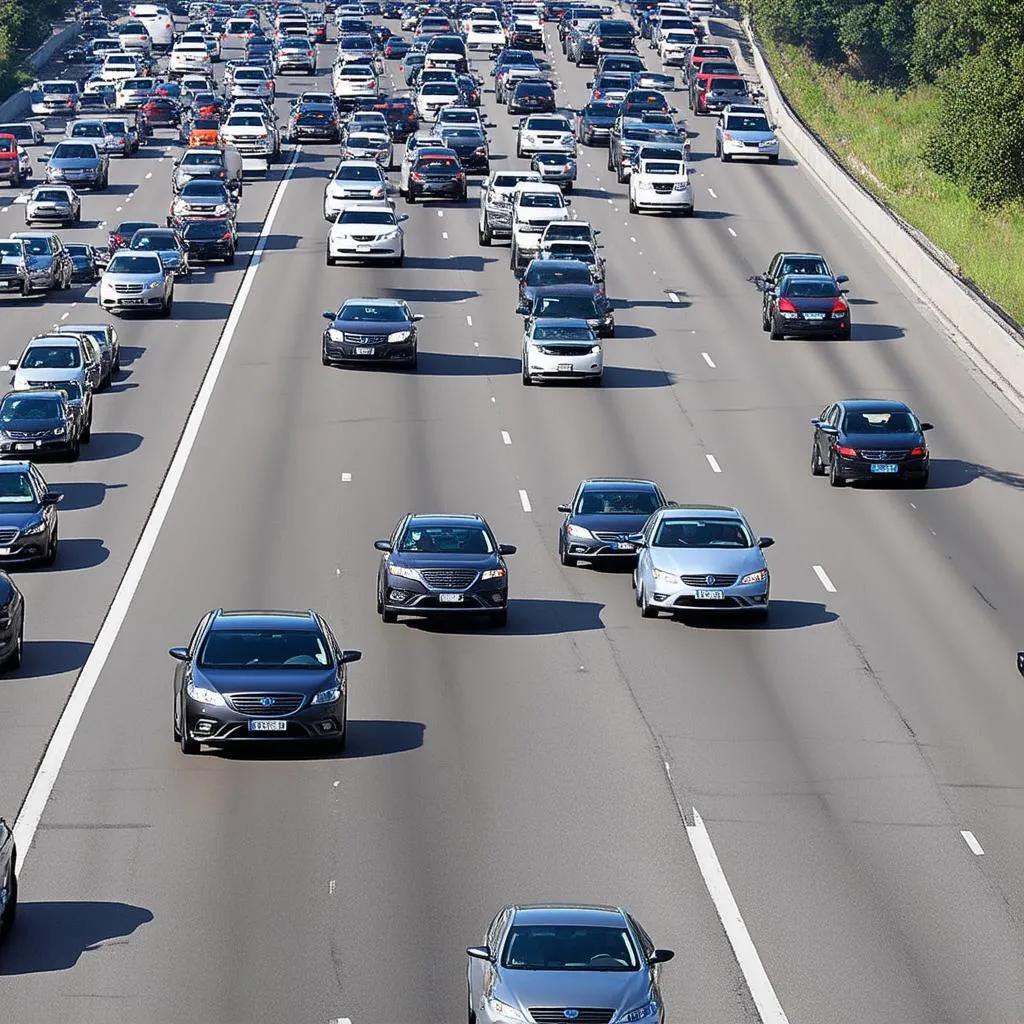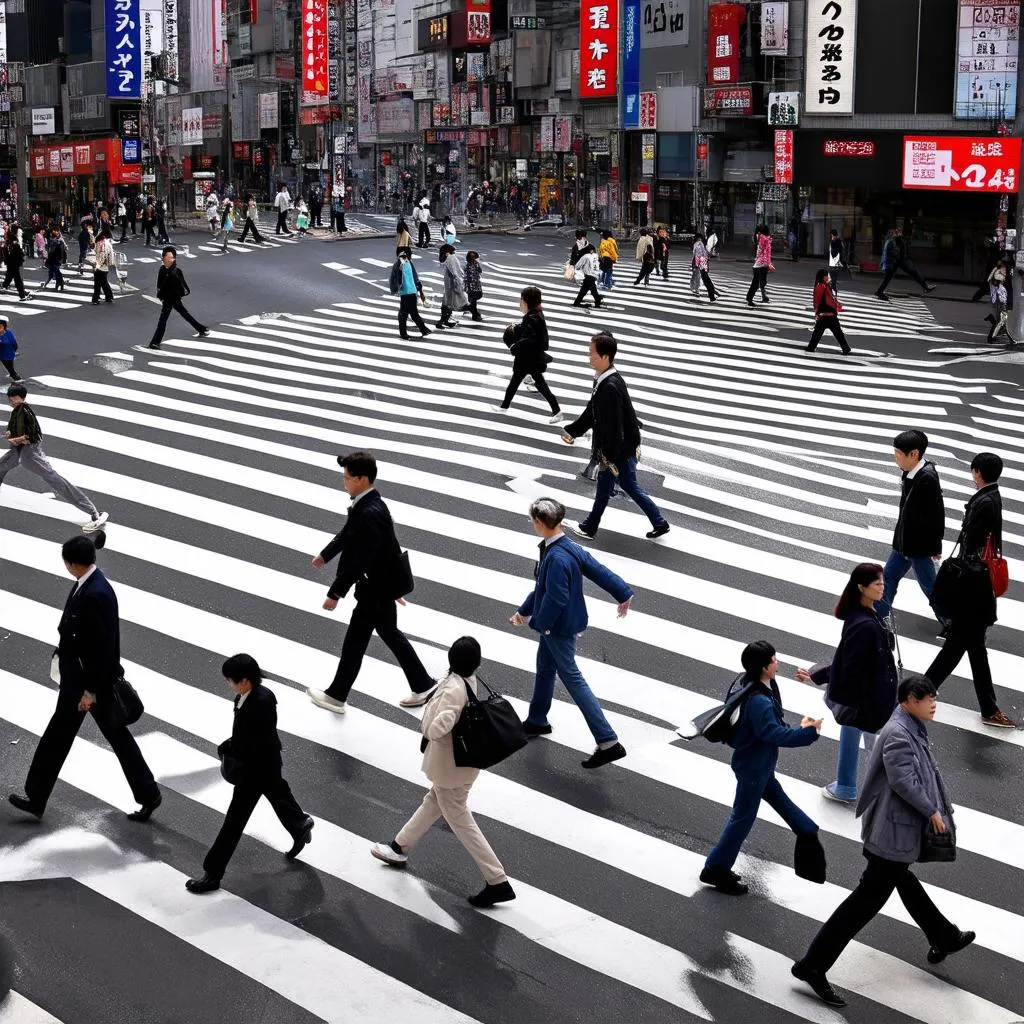Have you ever been stuck in a traffic jam that seemed to appear out of nowhere? You’re cruising along, the road ahead seems clear, and then suddenly, brake lights! You’re stuck crawling forward, wondering what could have caused this unexpected delay. It might feel like magic, but this phenomenon is often caused by something called a “traveling density wave.” And no, it doesn’t involve surfing or the ocean, but it’s just as fascinating!
What is A Traveling Density Wave?
Imagine a wave moving through a crowd at a football game. The people themselves aren’t moving forward, but the wave – the area of higher density – travels around the stadium. A Traveling Density Wave is similar: it’s a disturbance that moves through a medium, like a traffic jam moving down a highway, even though the individual components (cars, in this case) aren’t traveling at the same speed as the wave itself.
How does it work?
Let’s break it down:
- Fluctuations: Imagine a highway with a consistent flow of traffic. Even small fluctuations, like a car slowing down slightly, can cause a ripple effect.
- Amplification: As cars behind the slight slowdown react, they brake too, often more than necessary. This amplification creates a denser area of traffic.
- Propagation: This area of higher density then travels backward through the line of cars, even as the original cause (the first car that slowed down) may have already recovered.
Where do we see traveling density waves?
Traveling density waves aren’t just limited to traffic. They pop up in various places:
- Pedestrian flow: Think about busy pedestrian crossings in cities like Tokyo or New York City. Even small changes in speed or direction can cause temporary “human traffic jams.”
- Nature: Believe it or not, we see this phenomenon in the animal kingdom too. Schools of fish and flocks of birds exhibit traveling density waves, helping them maintain cohesive movement.
Planning Your Travels? Consider the Wave!
While you can’t always predict or avoid traveling density waves, understanding them can make your journey smoother. Here are a few tips:
- Be Aware: Especially during peak travel times, stay alert for sudden changes in traffic flow.
- Maintain Distance: Keeping a safe distance from the car in front of you provides more reaction time, lessening the “wave” effect.
- Patience is Key: Remember, just like a wave in the ocean, these traffic disturbances eventually pass.
FAQs about Traveling Density Waves:
Q: Do traveling density waves only happen on highways?
A: No, they can occur anywhere there’s a flow of objects, including pedestrian walkways and even natural phenomena like flocks of birds.
Q: Can I do anything to avoid causing a traveling density wave?
A: Maintaining a consistent speed and keeping a safe following distance can help minimize your contribution to these waves.
Q: Are traveling density waves dangerous?
A: While not inherently dangerous, they can increase the risk of accidents due to sudden braking and changes in speed.
Explore More Travel Tips and Insights!
Interested in learning more about navigating the world around you? Visit travelcar.edu.vn for more fascinating insights and travel advice. Discover how different types of waves influence our world, from the physics of how surface waves travel to the fascinating ways that waves change when moving between mediums.
 Traffic Density Wave on a Highway
Traffic Density Wave on a Highway
 Pedestrian Density Wave in Tokyo
Pedestrian Density Wave in Tokyo
Understanding the world around us, even the physics of traffic, can make our journeys smoother and more enjoyable. So next time you encounter a sudden slowdown, remember the fascinating phenomenon of the traveling density wave!